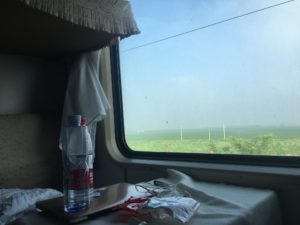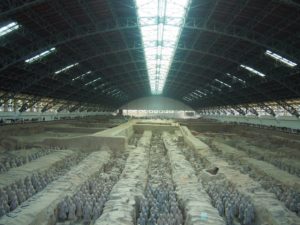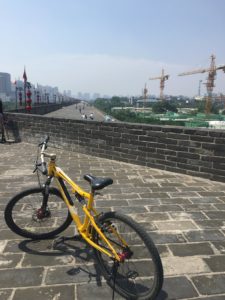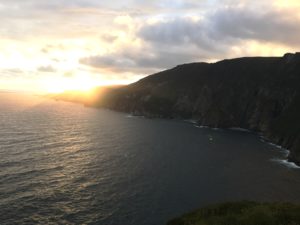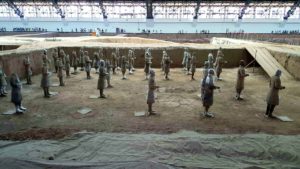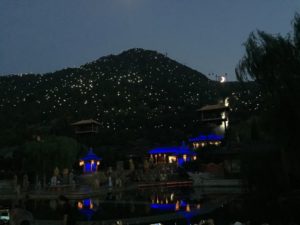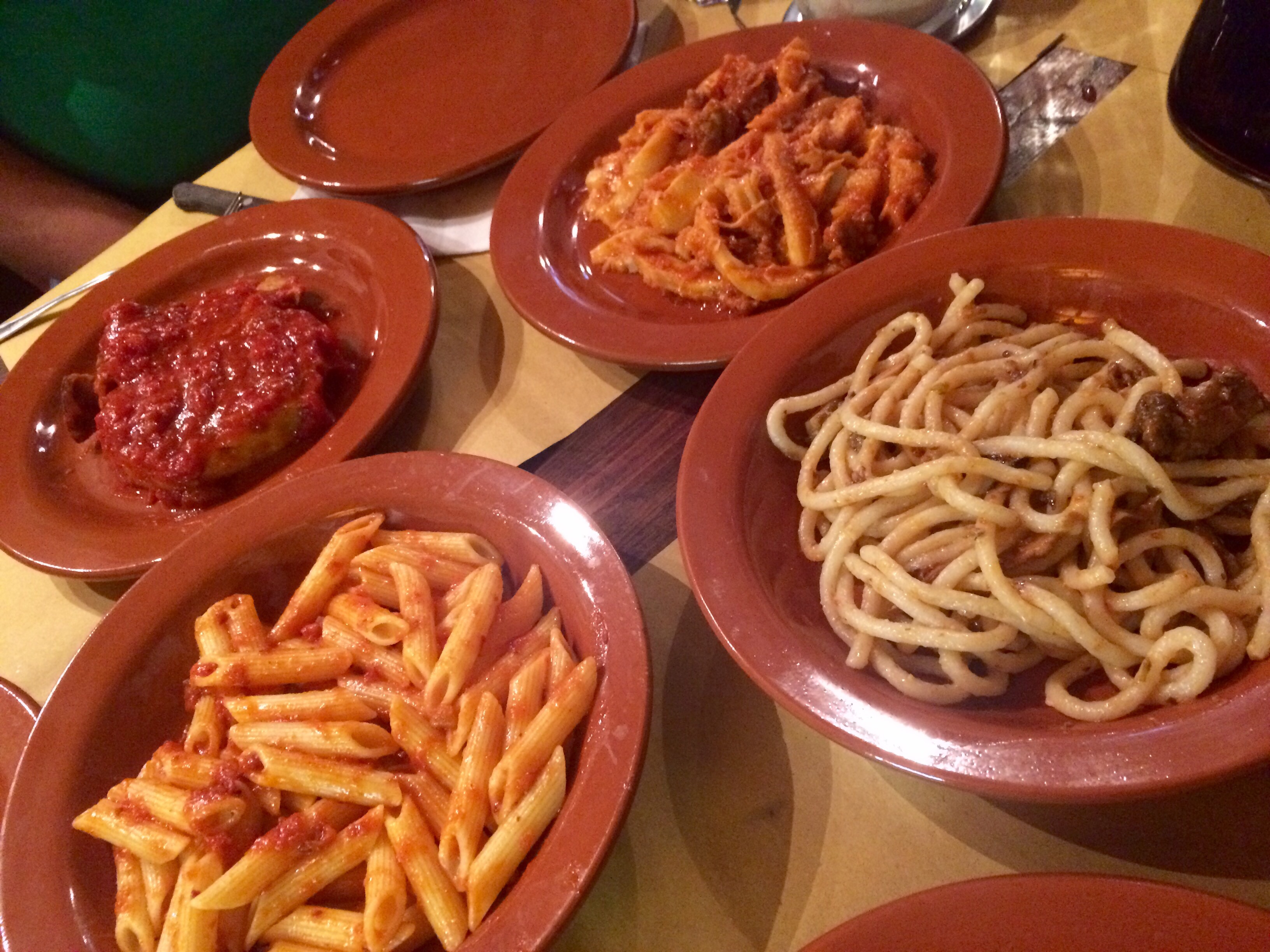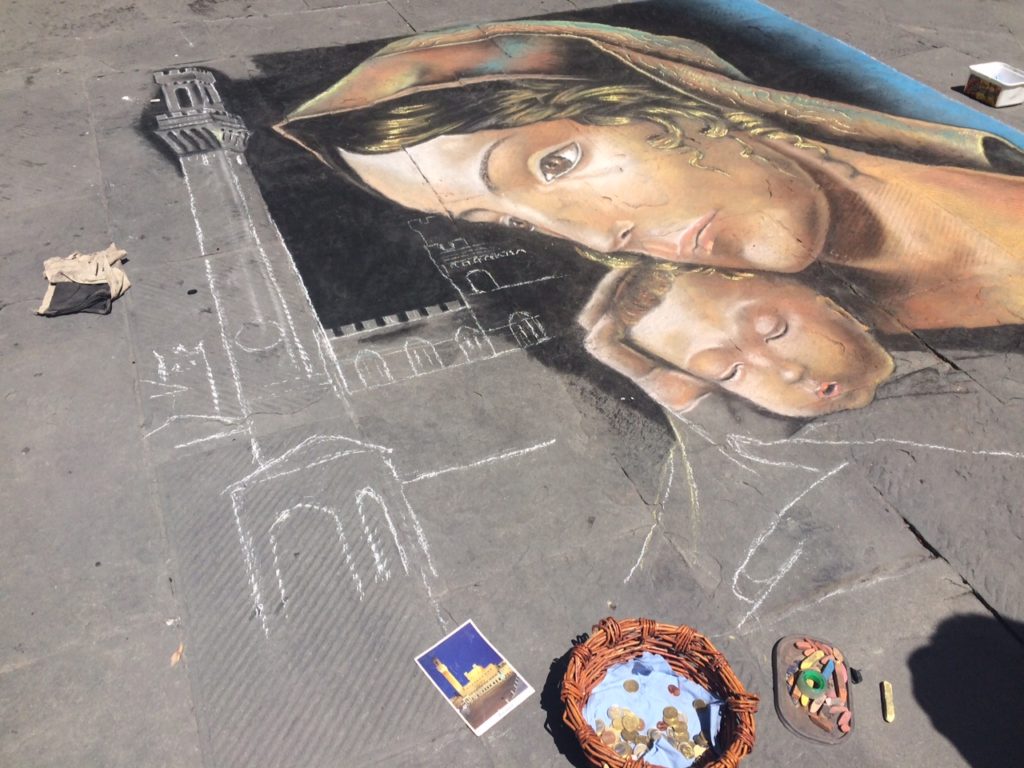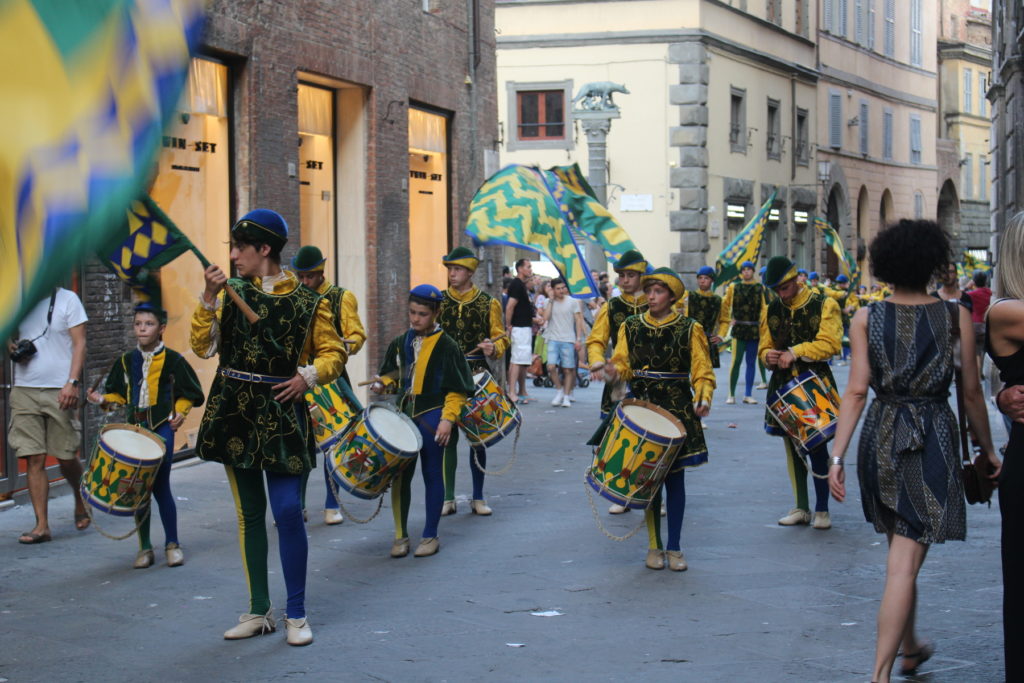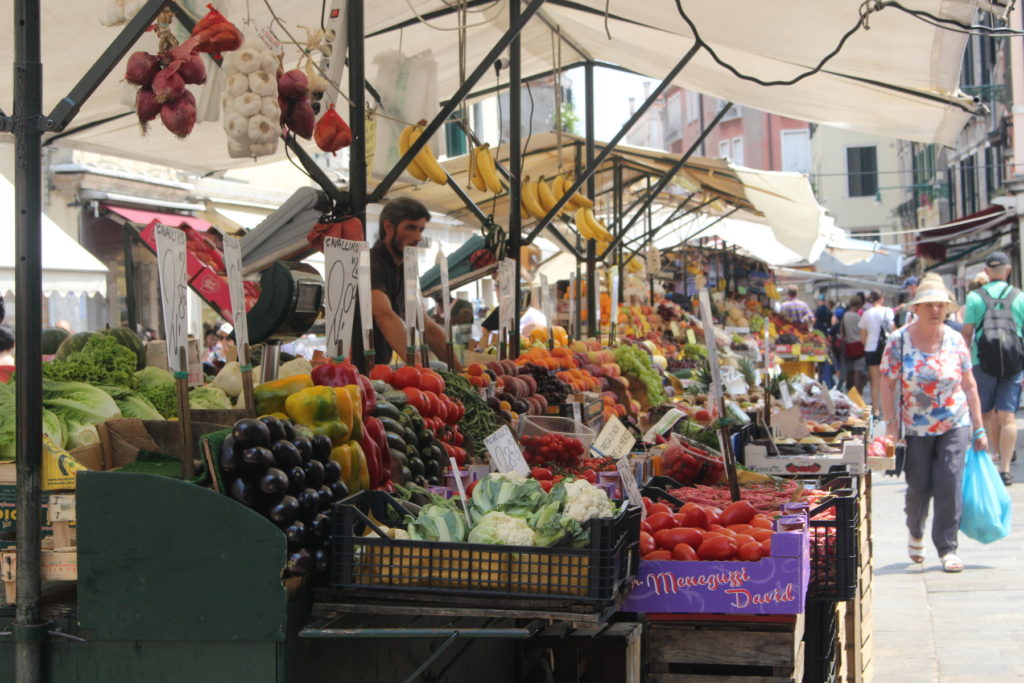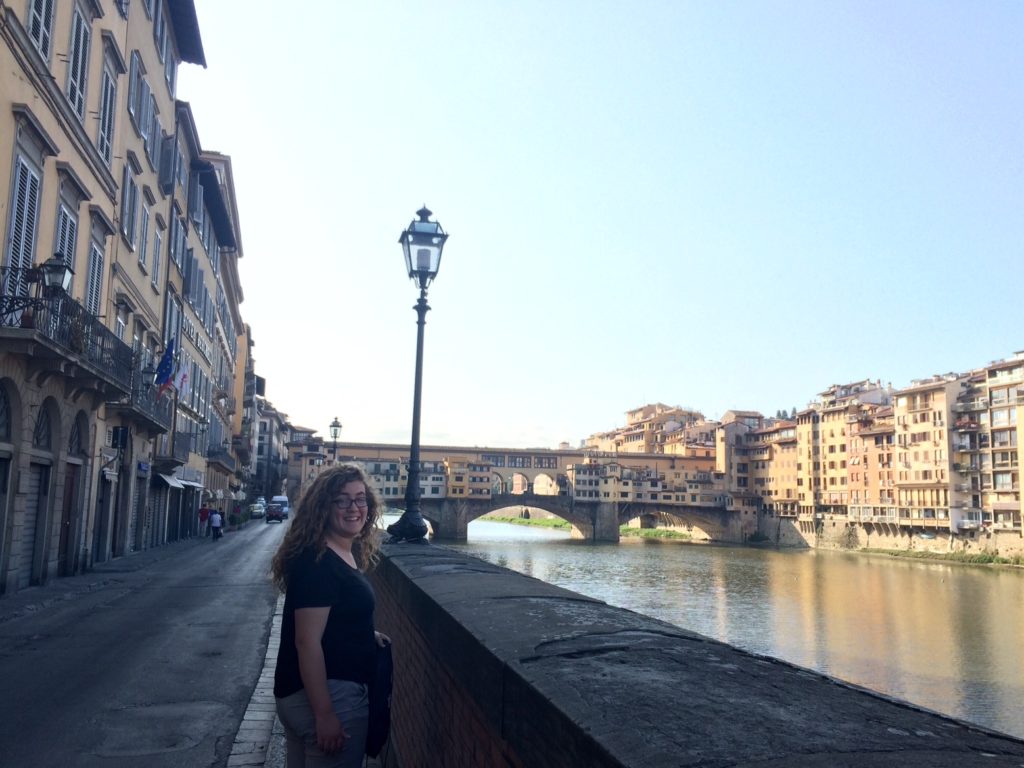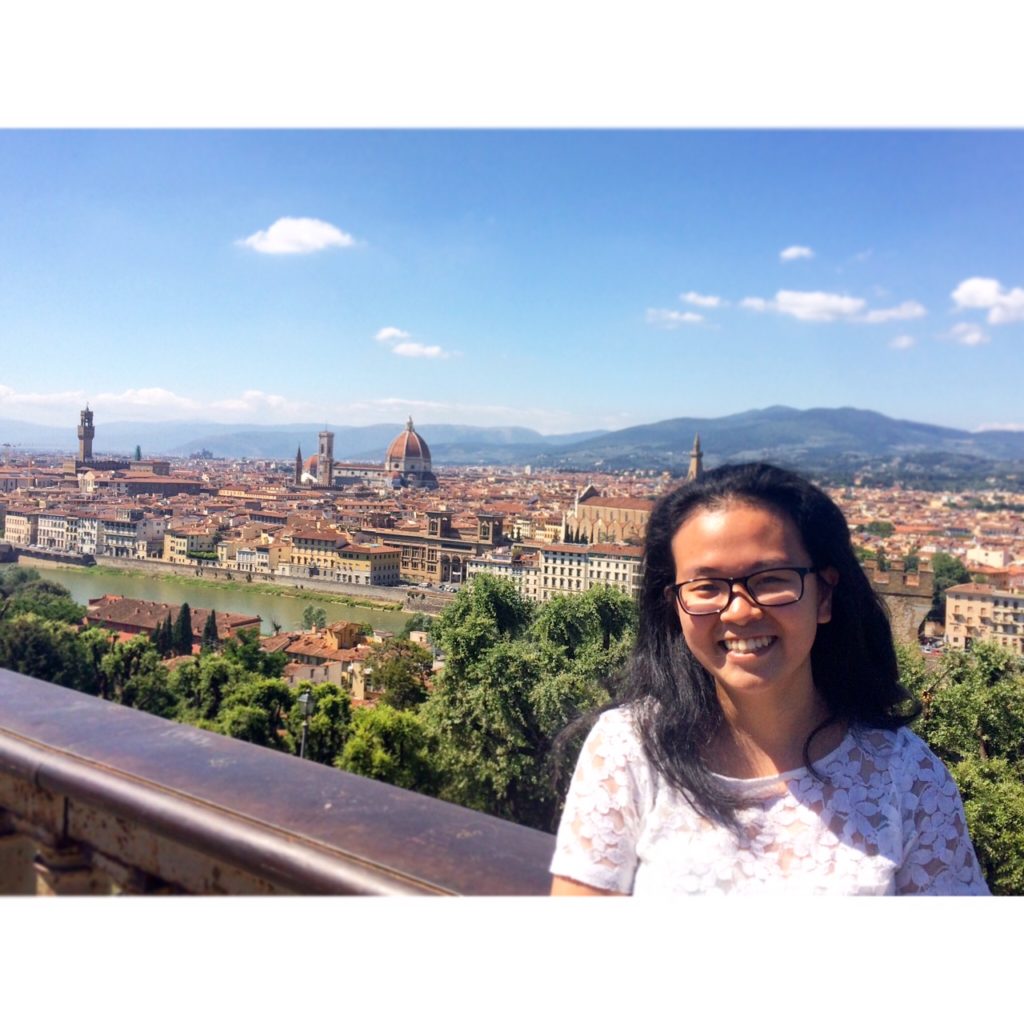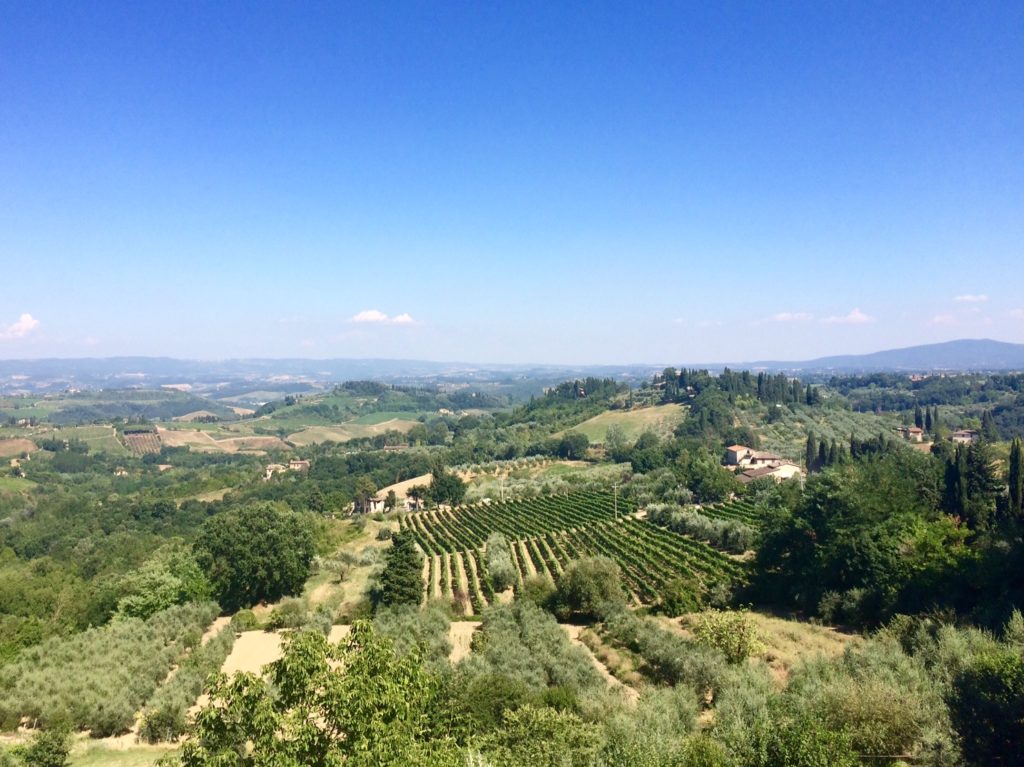It’s hard to believe that my time in China is coming to a close. Living in Beijing for this eight week period is definitely a once in a lifetime experience and has surely made my summer full of adventure and memories. Now that I am nearing the end of my second year of Chinese language study, I can definitely tell our studies are getting ramped up. Last week and especially this week our lessons have had significantly more new words to learn and increasingly more difficult grammar. Its tough because with the short time I have left in China I want to be able to get to see every place I want to but I also need to focus on my studies at the same time which can be very demanding during the week.
Last Friday afternoon, our teachers took us to a 火锅 (hot pot) restaurant. This is the second time we have gone in our group to one of these restaurants and my third time overall in China. This type of food has come to be some of my favorite food China has to offer. At this type of restaurant, at the center of your table is basically a stove where they put a pot on where you can get various flavors of stew inside. They then bring you uncooked meat, usually beef, and other ingredients such as vegetables and noodles where you cook them right at your own table. I find it to be very appetizing and it also seems to be a favorite among my classmates. After this we actually went and saw a Chinese movie, even without English subtitles. The movie was definitely hard to comprehend just by watching but I was pleasantly surprised about how much I could actually read of the Chinese subtitles. It wasn’t enough to know exactly what was going on most of the time but still a sign that my Chinese is improving. On Saturday, I slept in and then went to silk street, the other notorious Beijing market for having fake goods. This market, unlike the pearl market, resembled more of an actual mall with individual stores you could actually walk into compared to randomized stalls like the pearl market. The products here also seemed to have better quality because the vendors prices seemed to be significantly higher, bargaining was definitely still a must though.
Later in the day, we went as a class to watch a Chinese acrobat show. The theater was located right next to the Beijing central business district so it was neat to see some of the taller and nicer buildings in Beijing like the CCTV tower. As for the show, it was very enjoyable. The acrobats did some crazy dangerous stuff that honestly made me nervous and not be able to sit still in my seat. There was one segment where they had a metal sphere cage and put as many as eight motorcyclists in at the same time while they were all driving around, very scary.
Till my last and final week, 再见 (Goodbye)
